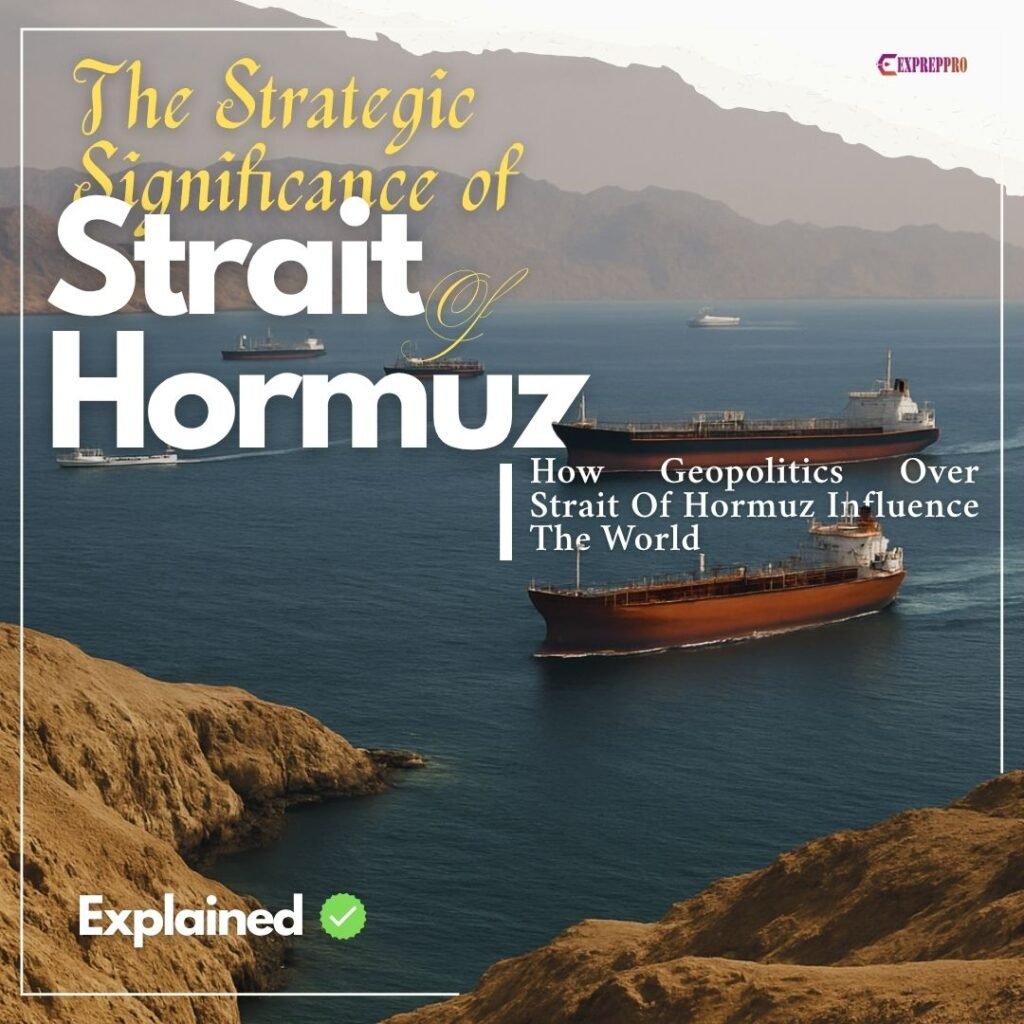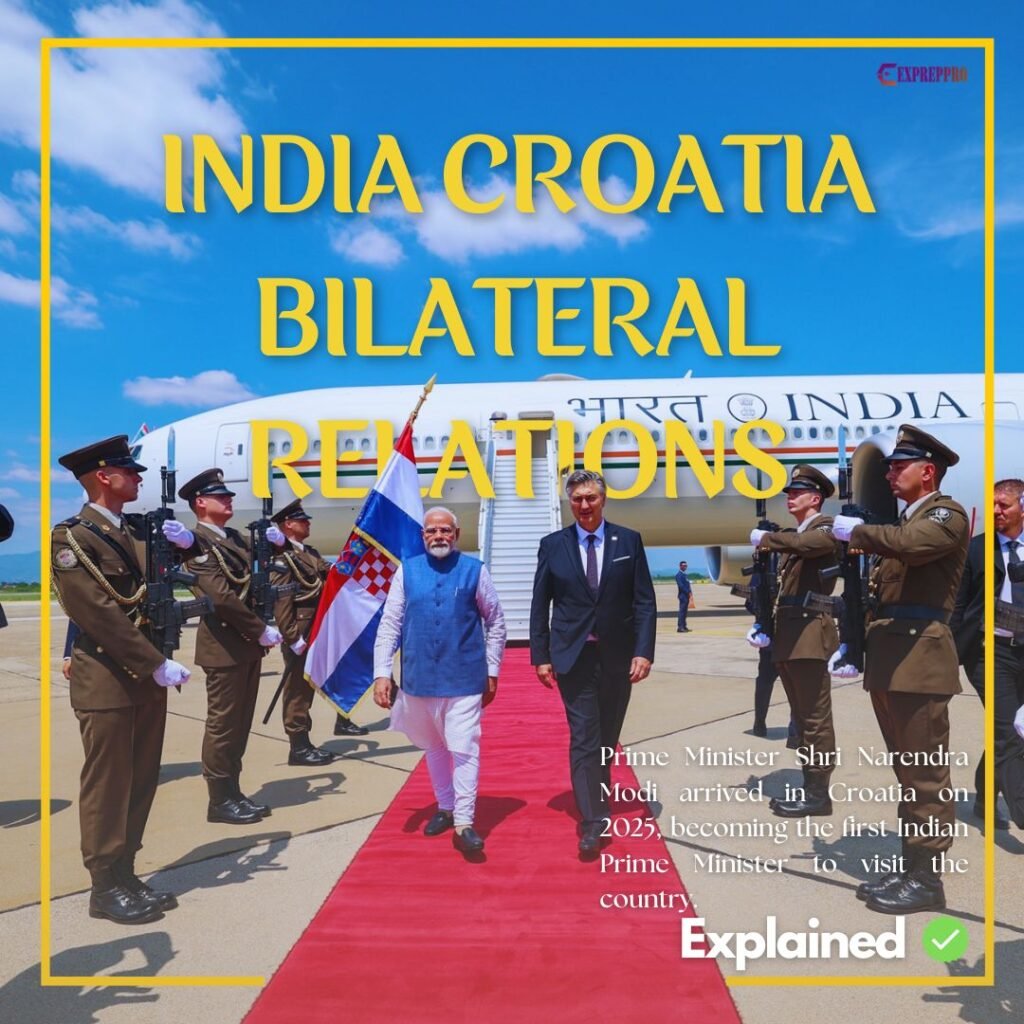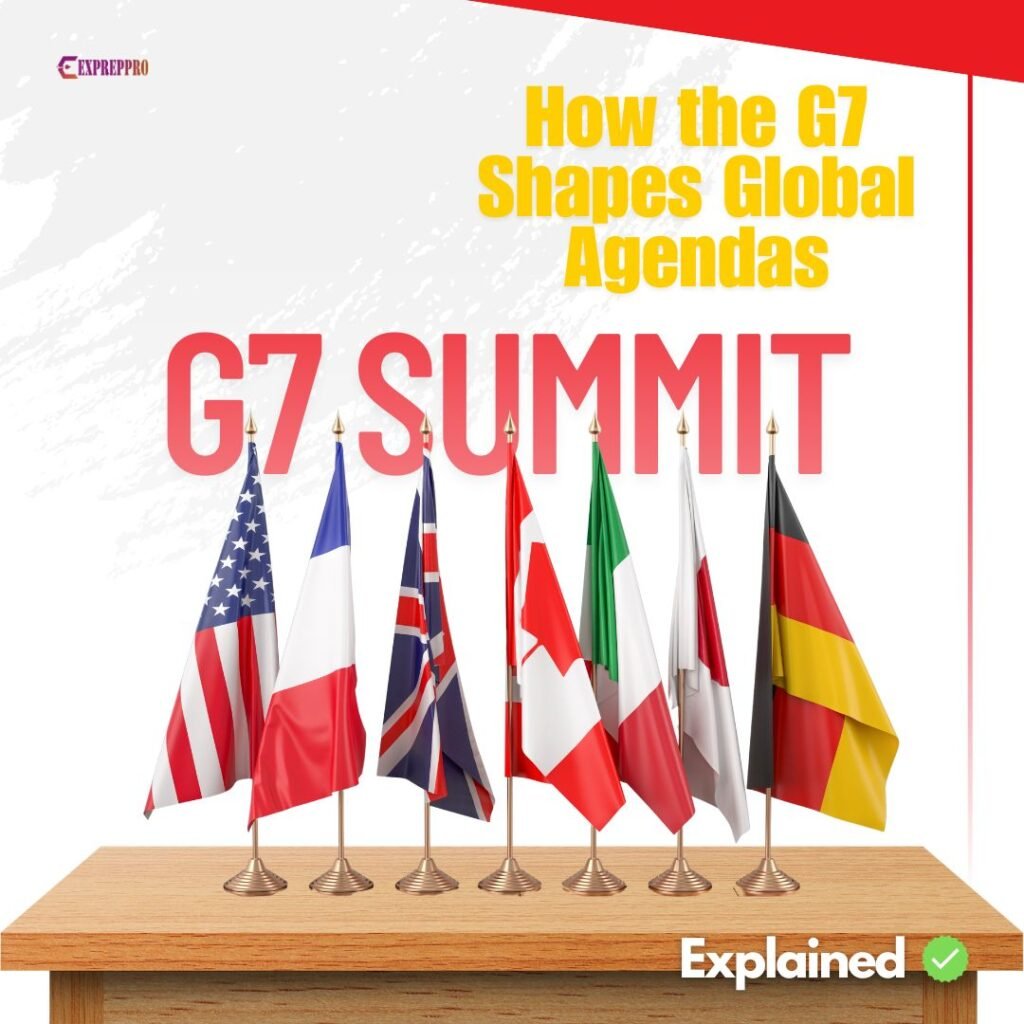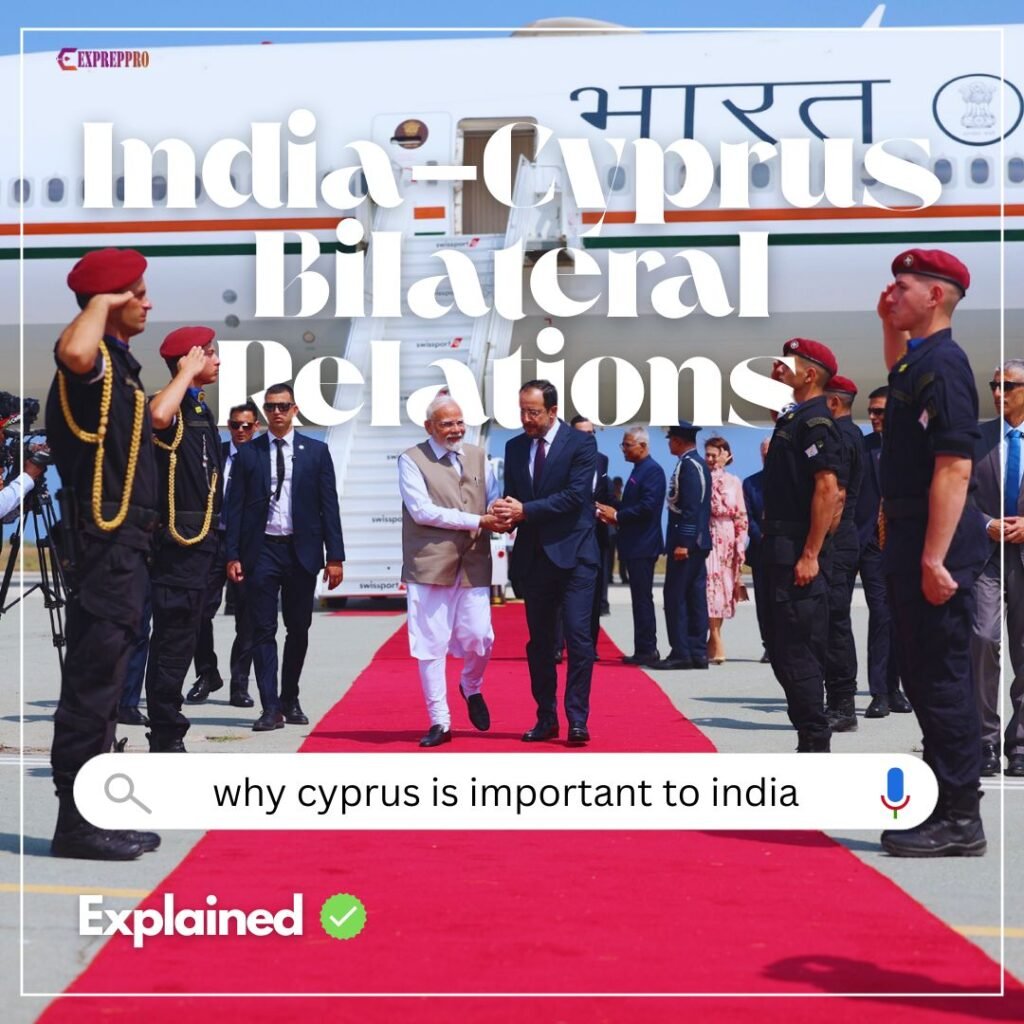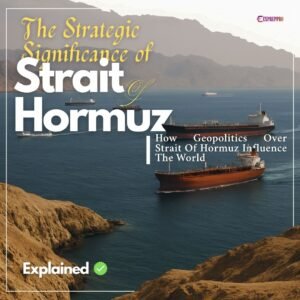
Strait of Hormuz. What Will Happen In Case of Hormuz Blockade. UPSC
The Strait of Hormuz is a strategic maritime choke point linking the Persian Gulf with the Gulf of Oman and Arabian Sea. Hormuz Strait connects the Persian Gulf to the Gulf of Oman and the Arabian Sea. In the event of a blockade of Hormuz, the world economy will feel its tremors.
Read More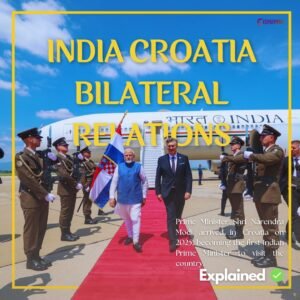
India Croatia Bilateral Relations Explained. UPSC
India Croatia bilateral relations have been friendly since the days of the former Yugoslavia, and both countries share a cordial and steadily growing relationship. Now, with the visit of Indian Prime Minister Shri Narendra Modi, the relationship between the two countries will become robust. Prime Minister Narendra Modi arrived in Croatia on Wednesday, becoming the first Indian Prime Minister to visit the country.
Read More
G7 or Group Of Seven: Members, Origin, Latest News. UPSC
G7 is an informal grouping consisting of Canada, France, Germany, Italy, Japan, the UK, and the United States to discuss issues. All seven are top-ranked countries in terms of the highest net wealth per capita and are leading export nations. Apart from this, five are among the top 10 countries with the largest gold reserves. They account for over 46 per cent of the global gross domestic product and over 65 per cent of the world’s net national wealth.
Read More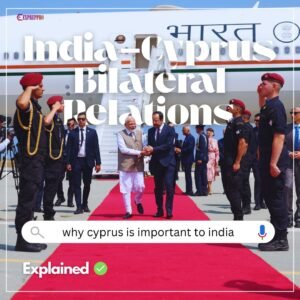
India Cyprus Bilateral Relations Explained. UPSC
Cyprus and India have traditionally enjoyed excellent relations, and Over the past six decades, the relationship has grown stronger, including in the areas of economy and trade.Indian Prime Minister Narendra Modi visited Cyprus as part of a three-nation tour aimed at strengthening bilateral ties.
Read More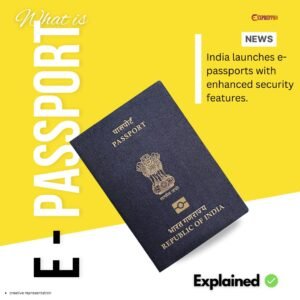
India’s E-Passport: How It Works, Features, Latest News. UPSC
An e-passport, also known as a biometric passport, is an advanced version of the traditional passport that contains an embedded RFID chip, which stores biometric and personal information. The primary advantage of the e-passport is its enhanced ability to maintain the integrity of the data it stores. India has formally joined the club of more than 120 nations, such as Australia and the USA, by issuing e-passports to its citizens.
Read More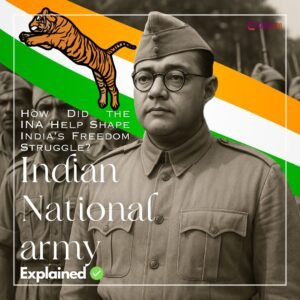
Indian National Army And INA Trials – Explained. UPSC History
Indian National Army, also known as the Azad Hind Fauj, was a military wing of the Free India Provincial Government formed during World War II to fight against British rule in India. It not only fostered the mindset of national unity but also challenged the British government with the help of Japan.
Read More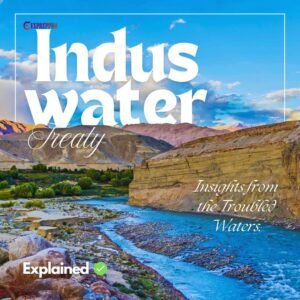
Indus Water Treaty – History and Future Explained. UPSC
Indus Water Treaty is a milestone water-sharing agreement between India and Pakistan designated to govern the use of the Indus River water. The Indus Water Treaty was signed in Karachi, Pakistan, on September 19, 1960.
Read More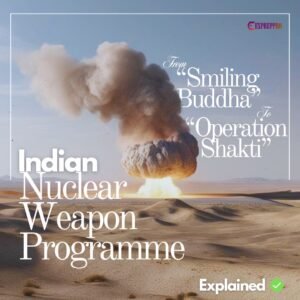
Operation Smiling Buddha and Operation Shakti- Explained | UPSC
Operation Smiling Buddha was India’s first successful nuclear weapons test, which took place on May 18, 974, at the Pokhran test range in Rajasthan. Once again, India tested its nuclear weapons under a code-named Operation Shakti. On May 11, 1998, India conducted five nuclear tests at the Pokran Test Range in the Thar desert.
Read More
Critical insights you must know about the Antarctic Treaty
The Antarctic Treaty, signed in 1959, is one of the most successful post-Second World War treaties, aiming to create and ensure the peaceful use of Antarctica. The Antarctic Treaty was signed in Washington on December 1, 1959, by 12 countries, covering an area of 14 million square kilometres for the common good of humanity.
Read More
How can the hidden geographical facts of Antarctica surprise you?
Antarctica is a place of is the first largest continent, and in fact, it is the highest, driest and coldest continent in the world. In short, it is a daunting continent. Antarctica is entirely surrounded by the Southern Ocean, which extends from the 40th parallel to the Antarctic Circle at 66° South.
Read More
